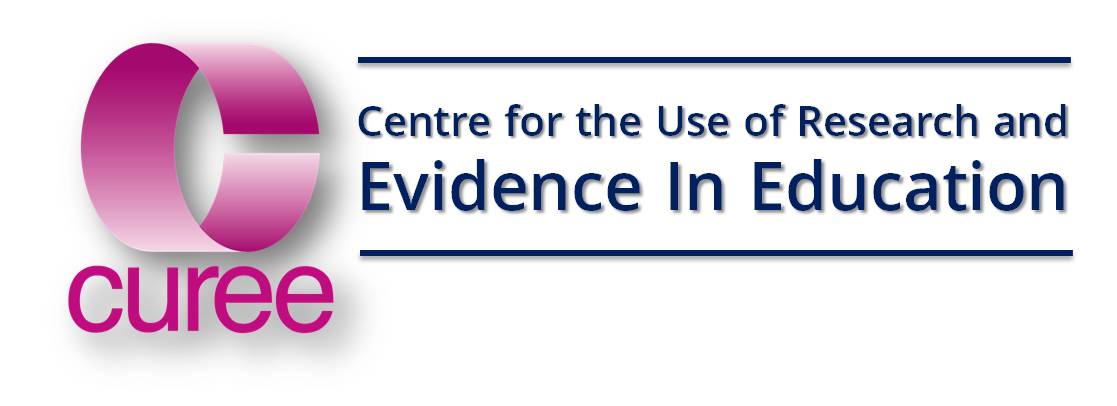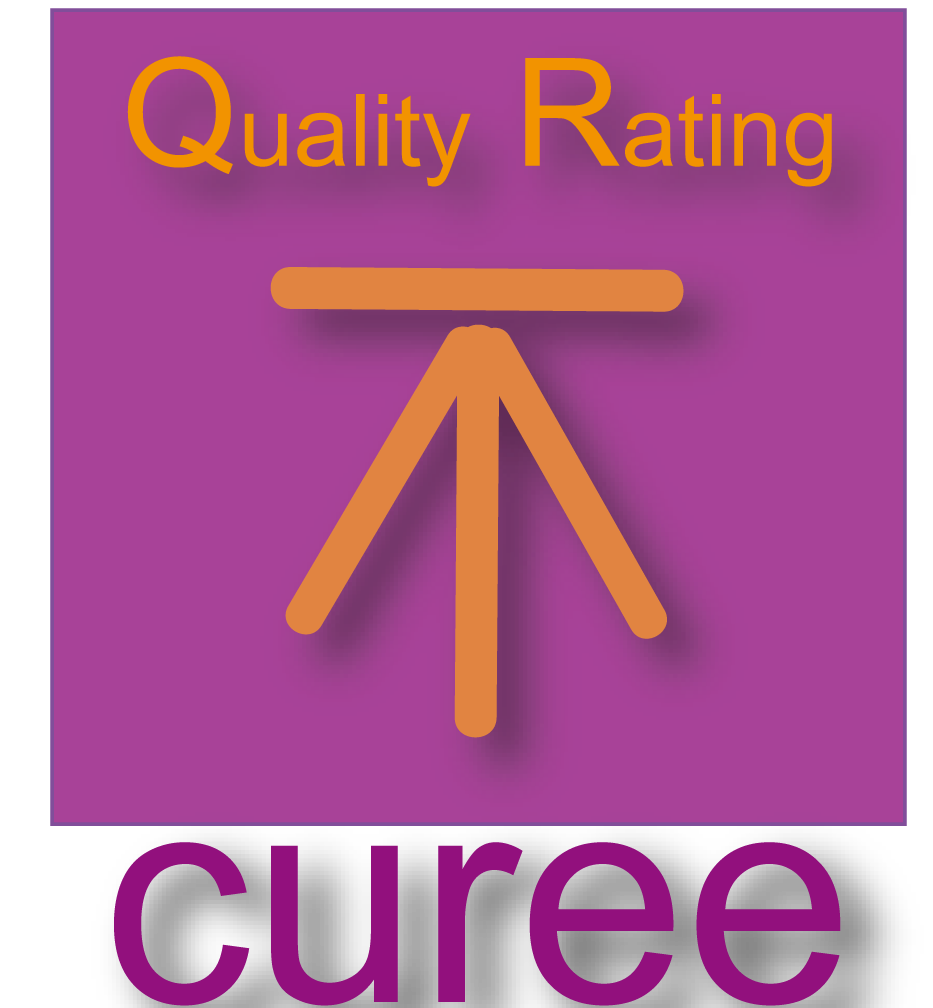What are the Ratings?
CUREE will assess your provision against an array of criteria derived from the evidence about effective provision against the following aspects:
Core Quality Features of the service provider; e.g:
- use of high leverage CPD methods
- illustrating/demonstrating what is possible to achieve
- facilitating growing independence
- securing consistency, coherence and high quality
Aspects of provision known to be important to pupil achievement:
-
Collaboration
-
Needs analysis
-
Depth of understanding developed
-
Attention to learner outcomes
Depth of Impact
We will also examine the level of potential impact of the evaluated provision and assess its potential ‘depth of impact’ on pupil learning. For this there are four categories:
-
Informing
-
Embedding
-
Enhancing
-
Transforming
Provision at 'transforming’ level will have the greatest benefit for students but usually takes longer and involves more resources. However, provision can be relevant, useful and value for money without being transforming. For this reason, we will report your grades for provision separately from ‘depth of impact’ as the exemplar graphs below indicate:
 |
 |
What are CUREE's credentials for rating CPD provision?
There are three parts to this answer:
- We are internationally recognised experts in CPD, teaching and learning and the curriculum. Our work on evidence–based practice and school/college improvement has been groundbreaking. We have systematically mined the evidence from around the world on the teaching and learning approaches which really impact on pupil outcomes. We have analysed and summarised this evidence and turned it into tools and resources for policy-makers, leaders and practitioners to use. We are trusted for our independent, reliable and well-founded evaluations. A rating from CUREE really means something.
- For more than twelve years we have appraised the international evidence about effective CPD. We have, for instance, undertaken 4 systematic technical reviews of the international research of effective professional development. Drawing on this evidence we have, amongst other things, produced the National Framework for Mentoring and Coaching, advised British and overseas governments on the design of teacher and professional development standards and helped local authorities, schools, colleges and individual practitioners get the most out of professional development.
- We have applied that knowledge to evaluating professional development providers and their provision. For instance, we were commissioned by TDA to review the quality of provision of a very large sample (75) of CPD providers in England. These included large and small private providers, universities, awarding bodies, subject associations, specialist curriculum centres, local authorities and schools. The summary report of this exercise is available on our website. By combining our specialist research-based knowledge with this extensive examination of real professional development programmes and activities, we have been able to identify a set of principles, benchmarks (indicators of likely impact on pupil learning) and standards which characterise good and excellent professional development.

